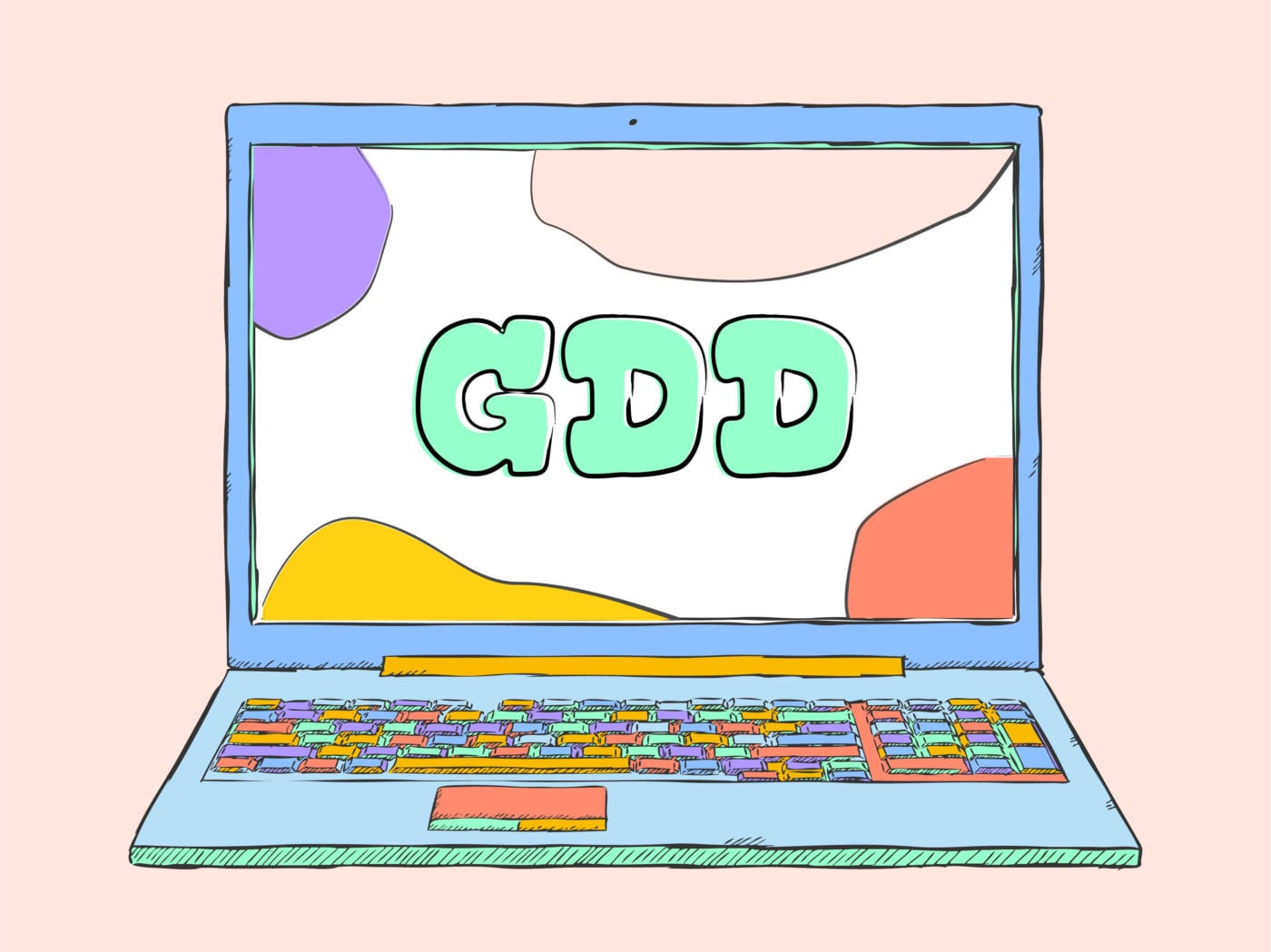Growth Driven Design: The systematic and incremental approach to website design that focuses on regular updates and developments over a traditional “all-at-once” approach.
When it comes to crafting your website in the most efficient and cost-effective manner, it’s hard to argue against an approach utilizing Growth driven design. It’s not uncommon for companies to spend tens (and even hundreds) of thousands of dollars on their website while waiting half a year for a completed product, and for a lot of companies that rely on moving quickly, that just isn’t an option.
There are so many aspects of web design that require investment:
- Functionality (user-friendliness, navigation, page load speeds, etc.)
- Design
- Content (blogs, videos, case studies, etc.)
- Conversion rate optimization (CRO)
- Search Engine Optimization (SEO)
- Security
…and more. The list can be quite literally endless.
With Growth Driven Design, that doesn’t necessarily have to be the case–instead of building your entire website all at once, you can spend less than $10,000 on the initial launch of your site and build from there.
What is Growth Driven Design?
Because so many elements go into successful website design (or redesign), it can take a long time to get it ready for launch–it’s one of the reasons why it’s so costly. Growth Driven Design cuts down on that time by utilizing a more systematic approach.
To sum it up, Growth Driven Design is the incremental enhancement of a website utilizing agile developments based on data-driven analysis and feedback for desired functionality. Or, to put it more plainly: Growth Driven Design allows you to build on what works on your site and optimize from there, gradually and based on user metrics, not guessing.
This approach gives you the opportunity to tailor your website to what your audience actually wants instead of what you think they might want, all while making a significantly smaller dent in your budget.
How Do I Begin a Growth Driven Design Plan?
Creating a website with a Growth Driven Design plan can be broken down into 4 simple steps:
- Create a website strategy. Determine what you aim to accomplish and who your target user personas are. If you already have a website, do a full audit and figure out what works and what doesn’t. All of these things will inform your strategy as you move along the process.Build a launchpad. A launchpad, also known as an MVP (minimum viable product), is a fully functioning website without the full features of what one would normally expect from a finished product. A launchpad helps you meet your goals and takes significantly less time to get off the ground than waiting for a fully completed website to go live.
- Collect data and feedback. Your strategies are built on data analysis. Collect this data regularly to determine new functionality to add to your website as you build it. Make sure the data you’re collecting actively tracks your goals and KPIs so you know what’s really working and what isn’t.
- Add functionality as you go. Take the analysis and feedback and add desired functionality to the website. The pace at which this happens is determined by you and your budget.
For steps 3 and 4, you can expect it to take around 6 months to a year to achieve a completed website, but the great thing about GDD is that your efforts don’t have to stop there, you can continue to add as long as you see fit. It’s definitely a different experience to diverge from the traditional website building process and do more gradual changes over time, but there are many benefits to approaching it this way.
The Benefits of GDD
The following are a few advantages to choosing a Growth Driven Design strategy for your website design or redesign:
- Low initial costs. Instead of paying for the entire website before it launches, a growth driven design allows you to pay in smaller increments. This is because you will be building on the site incrementally instead of all at once. As a result, the cost of getting a working website up and running won’t be nearly as expensive as if you launched with a full site.
- Launch quickly. The quicker you can launch your site, the quicker you can implement your online marketing strategy. A traditional website can take 4 to 6 months just to design or redesign (not counting development), whereas getting a launchpad site up and running often takes around a month.
- Meet the needs of your users. GDD is heavily based on how users interact with your launchpad site. You’re collecting and analyzing user data to build your site over a longer period of time. With a traditional site, there’s no going back–meaning that if it’s not user-friendly, you’re out of luck unless you take on a costly re-design after launch, which will cost a significant amount of money.
- No need for complete redesigns. With traditional web design, elements are going to become outdated after a few years. This leads to expensive redesigns that will happen far more often than you would like. Since you’re gradually building a website using a growth driven design plan, you won’t have to worry about pesky budget busters.
Implementing GDD
While Growth Driven Design is an excellent option for many businesses, it’s not the only option. It’s important to understand what it is you need and how quickly you need it. Your timeframe, budget, user personas, and overall goals all should be taken into account before you decided which path to go down for your project: traditional or growth driven.
Want to know more about Growth Driven Design? We’re quite literally writing the book on it, so stay tuned for it! In the meantime, why not reach out to us with your questions?
-FINAL(01-00)-White&Blue-01.svg)





